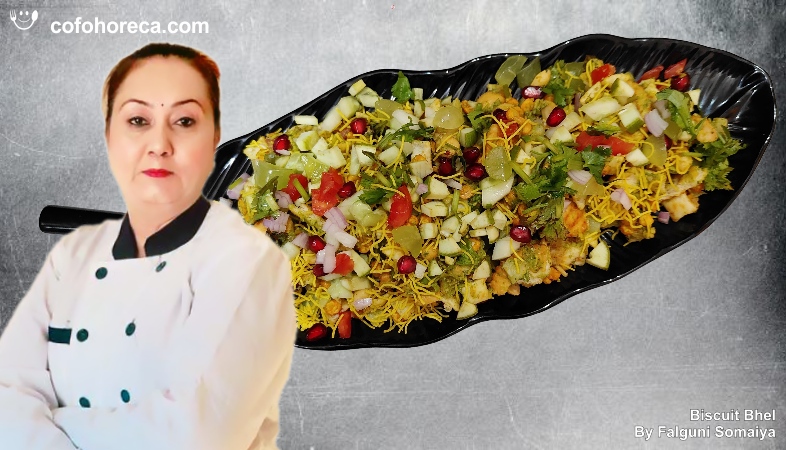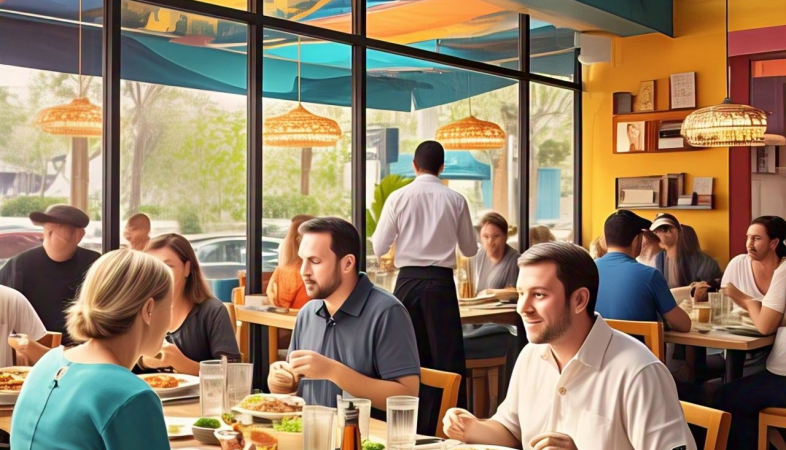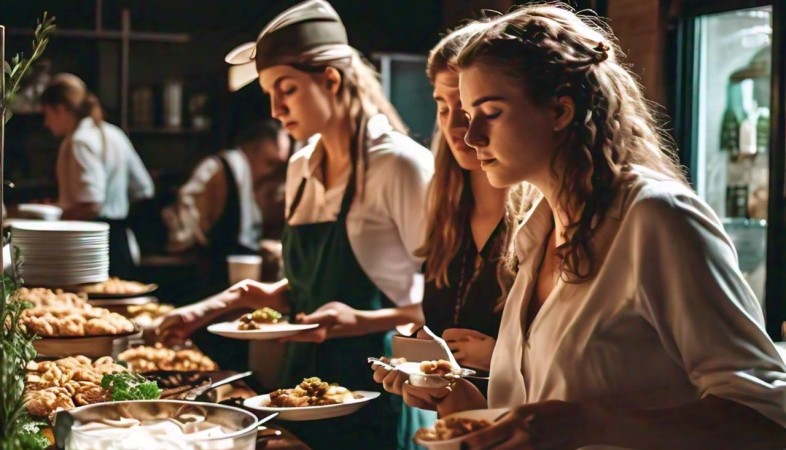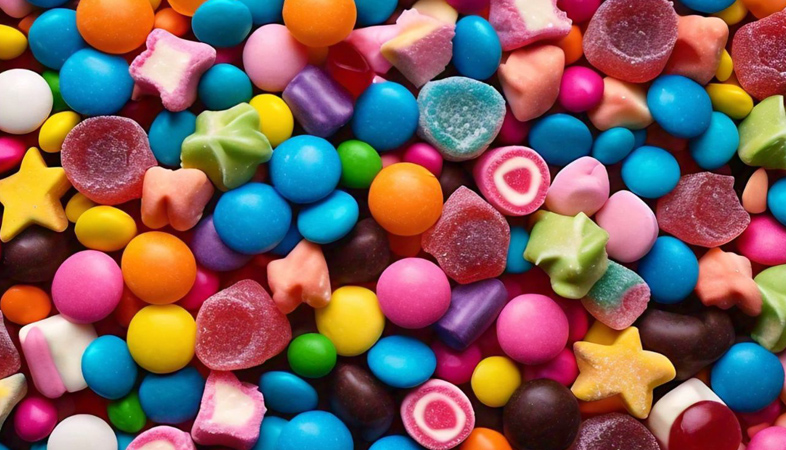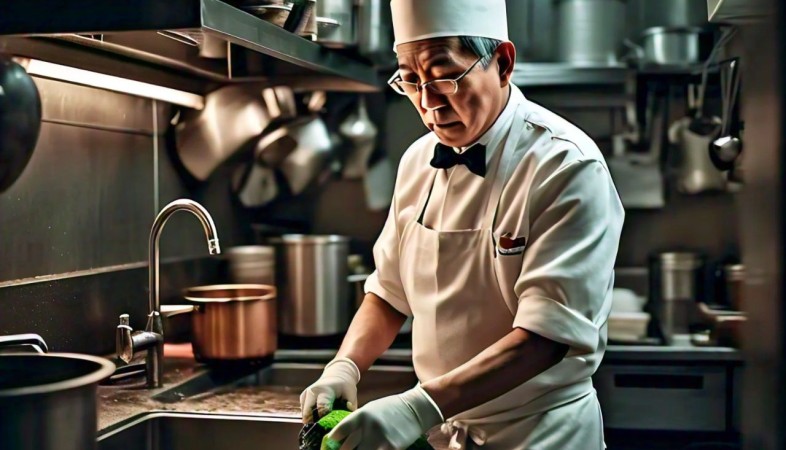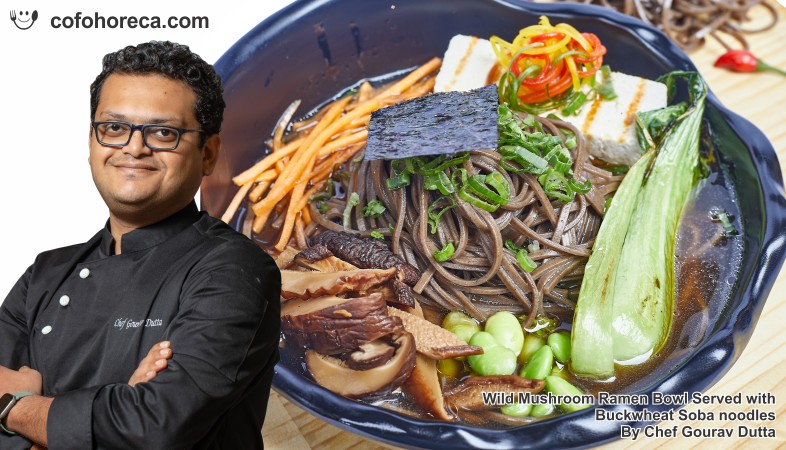SHARE
Commercials
More Posts
Jan 18, 2025
Biscuit Bhel - By Falguni Somaiya
Mar 15, 2025
Rajesh Kumar Takes Charge as Unit Manager at Sodexo
Jan 20, 2025
Mango Bruschetta - By Chef Rohit Anand
Apr 23, 2025
Hotel Room Service: Innovations in In-Room Dining
Jan 18, 2025
Biscuit Bhel - By Falguni Somaiya
Mar 15, 2025
Rajesh Kumar Takes Charge as Unit Manager at Sodexo
Jan 20, 2025
Mango Bruschetta - By Chef Rohit Anand
Apr 23, 2025
Hotel Room Service: Innovations in In-Room Dining
Jan 18, 2025
.png)




